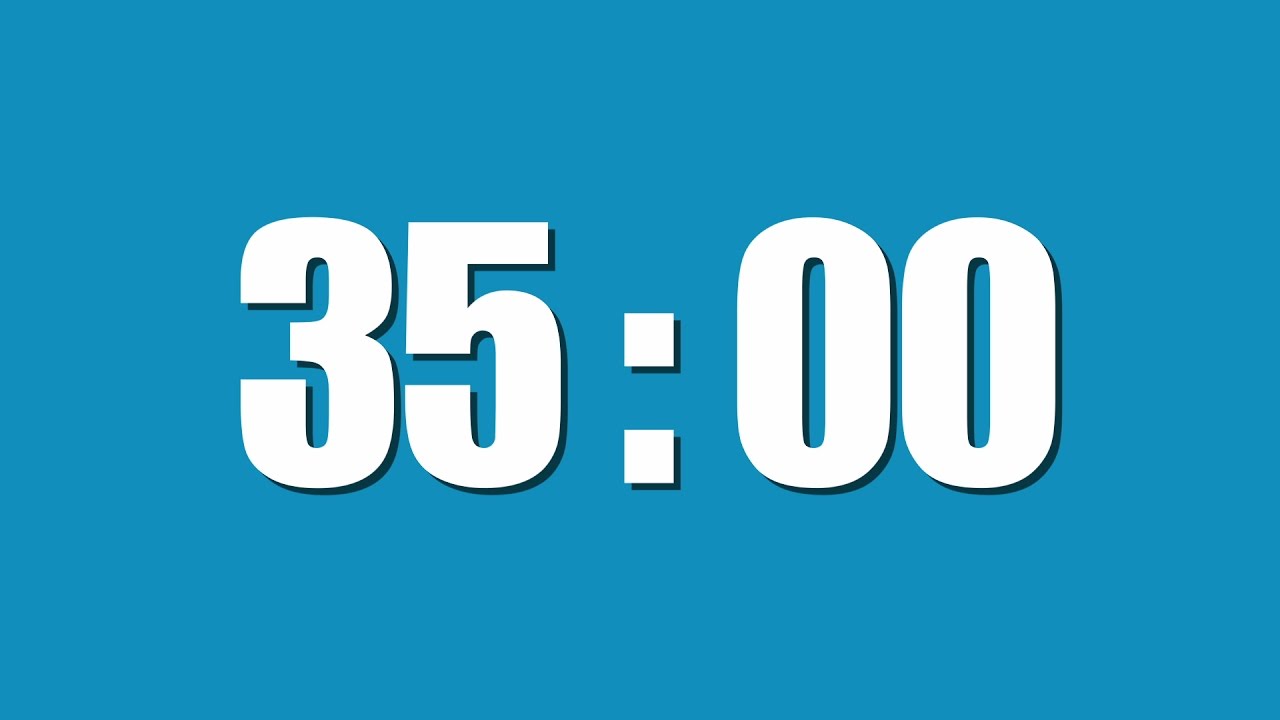In a world that frequently feels like a constant race against time, the utilization of minute timers has arisen as an amazing asset to enhance task efficiency. The idea is basic yet remarkably successful: setting a 35 minute timer for explicit tasks to create a need to keep moving and center.
The brain research behind minute timers spins around the guidelines of time constraints. By allocating a short, characterized period to get done with a responsibility, individuals are provoked to concentrate on the essentials, eliminate procrastination, and make choices quickly. This strategy is particularly beneficial for tasks that could somehow or another experience the ill effects of uncertainty or unnecessary deliberation.
The minute timer fills in as a tangible suggestion to stay on track and avoid distractions. In an era of constant notifications and digital interferences, the timer acts as a safeguard against the bait of social media, emails, or different redirections. The ticking clock creates an engaged climate, cultivating a feeling of discipline and criticalness that can be especially useful for people who battle with maintaining concentration.
Moreover, the minute timer is a compelling instrument for breaking down larger tasks into manageable lumps. When faced with a daunting undertaking, the possibility of dealing with it for a lengthy period can overwhelm you. By breaking the task into one-minute intervals, individuals can tackle each section with a feeling of accomplishment, gradually gathering speed and making progress.

The utilization of minute timers isn’t bound to business-related tasks. It very well may be applied to various aspects of daily life, like family errands, workout schedules, or even relaxation periods. Setting a 35 minute timer for cleaning up a room, doing a speedy exercise, or taking a second to meditate introduces a component of construction and efficiency into these activities, making them more achievable and less daunting.
It’s important to take note that minute timers may not be suitable for each task or individual. Complex tasks that require profound concentration could profit from longer, continuous periods. However, for many activities, from answering emails to cleaning up a workspace, the minute timer can be a game-changer, infusing a need to get going, concentration, and design into our daily lives.
The minute timer ends up being a valuable ally in the mission for enhanced task efficiency. By harnessing the force of this ticking clock, individuals can create an organized and centered approach to their obligations, breaking down barriers of procrastination, further developing time usage abilities, and ultimately transforming the way they navigate the demands of a period-conscious world.
